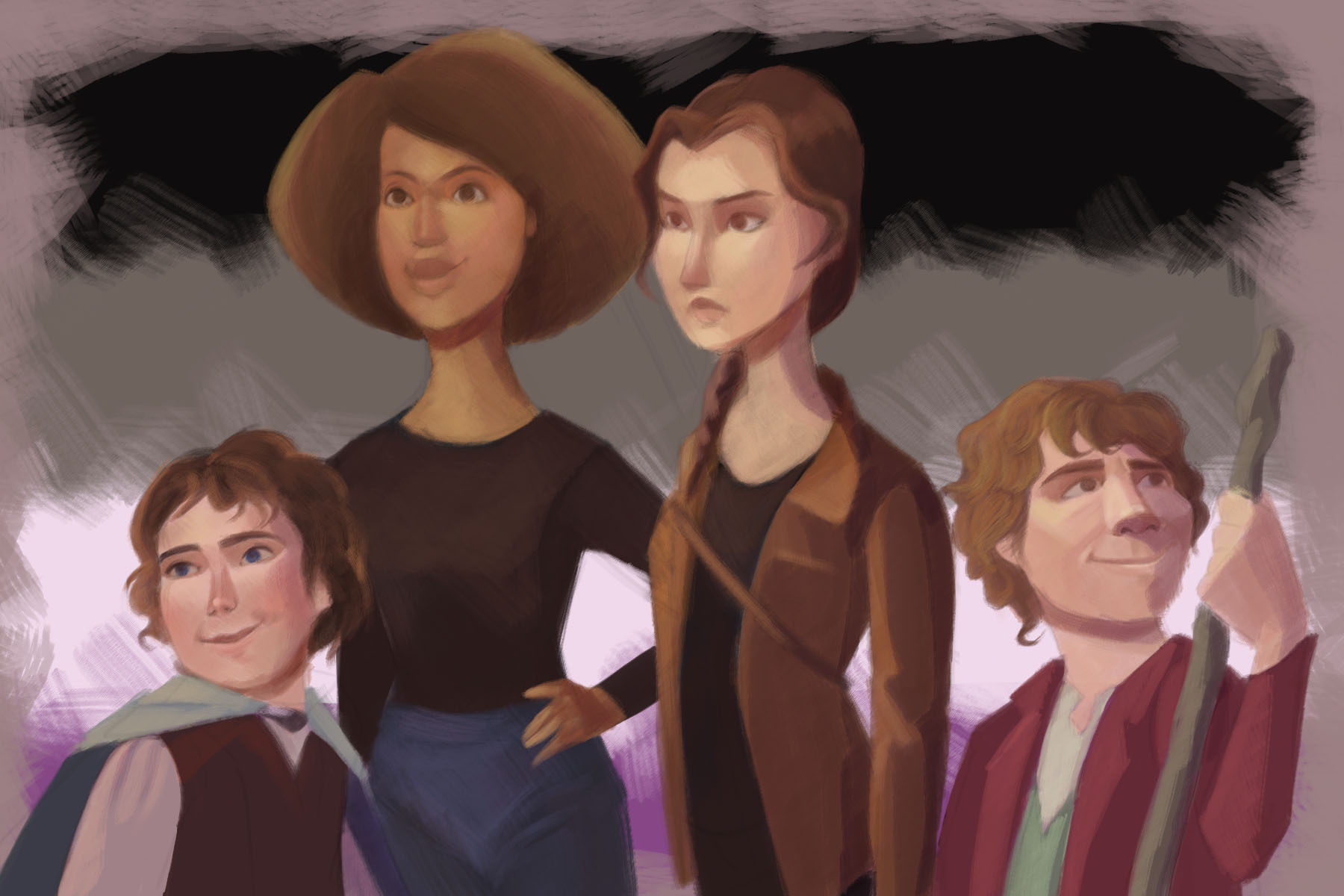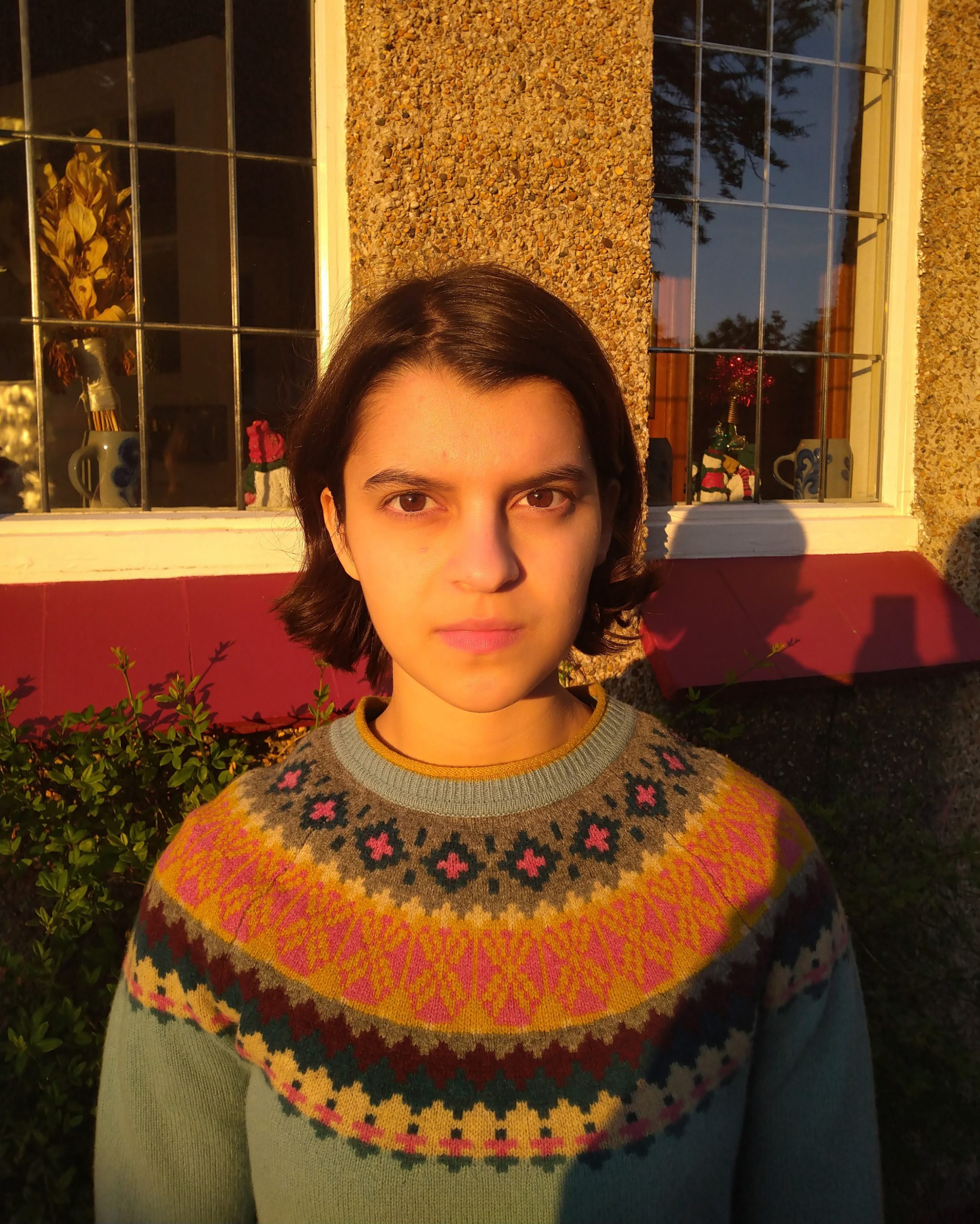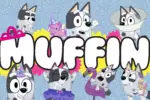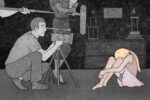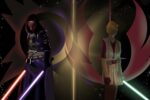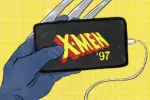Asexuality is possibly the least well-known sexual orientation. Although around 1% of the population identifies as asexual, because this identity is based on lacking sexual attraction to any gender, asexuality has always been perceived in terms of absence — that it isn’t a sexual orientation, but rather the lack of sexuality. People also often deny the existence of asexuality because they can’t fathom that such individuals exist in a society obsessed with sex.
Similarly, aromanticism (not experiencing romantic attraction) remains an entirely alien concept to a society that posits sex and romance as the ultimate goals for humanity to work toward. A so-called “invisible orientation” in the public consciousness, all of this has translated into a complete and utter lack of asexual and aromantic representation within pop culture.
Lack of Media Representation
The little representation that exists, within a handful of TV shows, is pitiful. It’s either added as a minor afterthought (Todd Chavez in “Bojack Horseman” and Florence in “Sex Education”), misrepresented (see “Sirens” and “House”) or entirely erased altogether, such as the erasure of Jughead’s aromantic asexual (aro ace) identity in “Riverdale.”
I used to find this lack of representation disheartening. I’d suffer repeated disappointment every time I thought I’d finally found a character who was aromantic and asexual like me, only for them to be written into romantic and sexual relationships.
Now, I have come to accept the prevalence of romance and sex in mainstream entertainment as a symptom of their significance assigned by wider society, the majority of whom are not aromantic or asexual.
While it’s difficult to find characters explicitly labeled “aromantic” or “asexual” on the screens of pop culture, I find it remarkably easy to find fictional characters who are uninterested in sex or romance.
I have been steadily cataloging such characters throughout the years, making mental notes of figures from books, movies and TV shows who could potentially be aromantic or asexual. Even before I had heard of aromanticism or asexuality, these were figures who I instinctively gravitated toward due to a shared lack of interest in romantic and sexual relationships.
Seeing as it’s difficult to find canonical aro ace representation in pop culture, and I’m growing weary of the same “Five Books with Asexual Protagonists” circulating the internet, I have instead compiled an original list of places where representation can be seen throughout pop culture. I’ve canonized my own cast of complex, non-stereotypical characters whom I believe to be asexual, aromantic or both because of their lack of interest in sex or romance.
The Unmarried Characters of Classic Literature
Despite being written in a time before our own, when people were far more conservative and infinitely less accepting with regards to gender and sexuality, this realm of archaic entertainment is where I have been able to find the most aromantic and asexual representation.
In fact, the conservative attitudes of these periods of history are probably the reason why these books suggest possible asexual representation. There are no explicit sex scenes or overt displays of romantic love, which makes it seem as if these characters could potentially have no interest in sex or romance. Surprisingly, I find these books vastly more relatable and identity-affirming than contemporary YA literature, the genre heralded as the pinnacle of diversity in pop culture.
Unlikely Candidates for Asexuality in “Les Misérables”
Victor Hugo’s “Les Misérables” is seemingly the last place for queer representation, yet we can witness today’s definition of asexuality readily reflected in its two main characters, the protagonist and antagonist.
For conflicted prisoner-turned-mayor Jean Valjean, we are told that “He had no time for being in love.” This particularly struck me while reading because it echoed the justifications I had given for my lack of interest in romance in the past. “I just don’t have time for romantic relationships,” I told my friends when asked. In reality, I had no desire to be in a romantic relationship because I am aromantic.
Although the opposite of Jean Valjean in terms of morality, ruthless officer Javert holds a similar indifference for sex and romance, so consumed in his quest to uphold justice and hold his enemy accountable for his crimes that he doesn’t even consider these apparently universal human desires. Actor David Oyelowo, who played Javert in the 2018 BBC miniseries, even said that he viewed his character as asexual in response to fans shipping him with Jean Valjean.
Both of these characters are complex representations of humanity. Their sexual and romantic orientations are taken as a given and never questioned, a refreshing and relevant depiction of asexuality in the 19th century.
The Profound Asexuality of Shirley Jackson’s Fiction
Another place where we can find clear-cut asexual representation is in Shirley Jackson’s novels, widely praised as modern classics for their mastery of eerie tone and unconventional female characters. As Joyce Carol Oates deftly notes in her afterword to “We Have Always Lived in the Castle,” sex is conspicuously absent from Shirley Jackson’s novels, with her unique protagonists (sensitive Eleanor, troubled Natalie and volatile Elizabeth) sharing a similar repulsion for sex and disinclination toward romance.
Merricat, the dangerous and imaginative 18-year-old of “We Have Always Lived in the Castle” would much rather stay with her sister Constance and cat Jonas than get a boyfriend, as her sister suggests at one point. She is entirely happy with her books and charms, and unlike other teenage protagonists, romance or sex do not even cross her mind once; the only person she loves is her sister.
The only relationships that Shirley Jackson portrays in her books are platonic, close sisterly bonds and strong female friendships — one of the many reasons why I adore her work.
Finding Aromantic Asexual Characters in Animation
As animated films and TV shows are generally intended for a younger audience, and as such do not contain anything related to sex, animation offers a wealth of characters who are potentially asexual or aromantic.
SpongeBob, Unexpected Queer Icon
When Stephen Hillenburg, the creator of SpongeBob, was asked about SpongeBob’s sexuality, he responded that the titular sea sponge is “almost asexual.”
Although this was probably not intended as a giant leap for asexual representation, referring to the fact that sea sponges reproduce asexually or that SpongeBob exists on a show for kids, this statement ludicrously still gives me hope. It reinforces that, for so many people, asexuality is normal. Additionally, SpongeBob appears to have no interest in romance, adding fuel for a possible aromantic identity to the fire.
Disney’s Accidentally Asexual/Aromantic Princesses
Ironically, the most frequent instances of aromantic asexual representation in pop culture can be found in Disney films — the franchise that claims an outwardly progressive façade while remaining internally deeply conservative.
It’s the franchise that has given us Elsa, the beloved ice queen whose song “Let it Go” has been interpreted as a metaphor for coming out and whose ice powers are symbolic of the dangers of repressing part of your identity. Elsa resonated deeply with the LGBTQ+ community, with many fans demanding she get a girlfriend in “Frozen 2” to reaffirm her queer identity, only to become disappointed when she remained single in the sequel.
In contrast, I was overjoyed that Elsa didn’t receive a love interest in “Frozen 2.” It was a refreshing and identity-affirming choice on the part of Disney. To me, Elsa has always been asexual, a character who I can closely relate to. I involuntarily tear up every time I hear Elsa sing the following in “Show Yourself”: “You are the one you’ve been waiting for all of your life.” It’s a beautiful line that reaffirms that Elsa does not need a love interest to complete her; she is already whole by herself.
We can also find potential asexual representation in other Disney princesses, like Merida and Moana, who are not given love interests and show no romantic inclinations whatsoever. Moana is only concerned with saving her island and voyaging. Merida rejects her marriage suitors in favor of “shooting for her own hand.”
Nevertheless, each of these three movies asserts the importance of love — just not of a romantic sort. Both “Frozen” and “Brave” celebrate familial love, the mother-daughter bond and the “true love” between sisters. “Moana” showcases the deep connections formed with your family’s ancestors. It probably goes without saying by now that these are my favorite Disney movies due to their emphasis on platonic love.
Final Thoughts
There are still many more instances of asexual representation and aromantic representation that I would love to discuss. My list of suspected aromantic asexual characters isn’t even close to finished, as I continue to discover diversity hidden amidst seemingly heteronormative stories.
Hopefully, it will grow further as the publishing and entertainment industries continue to realize that not everyone, contrary to the popular and previously assumed belief, needs sex and romance for a meaningful human experience.


